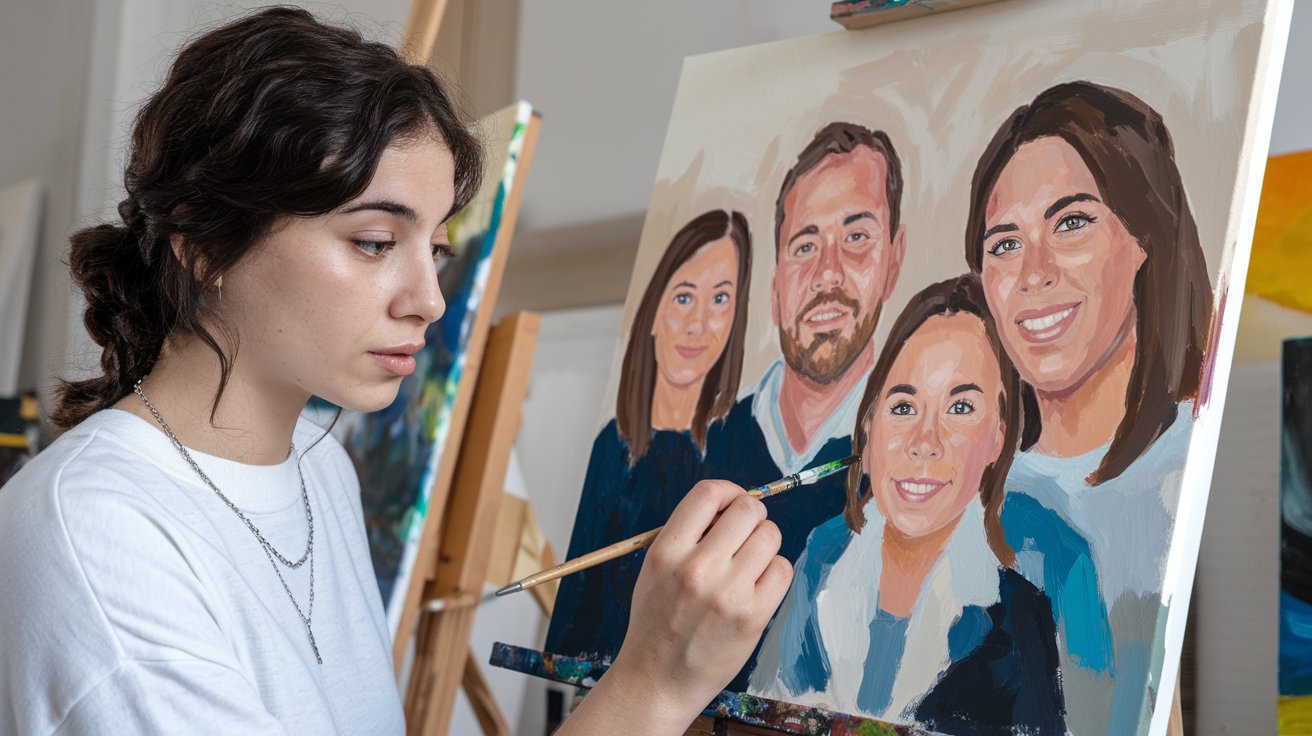
Art has long served as a profound medium to explore and express mental health. Through colors, shapes, and textures, artists can convey emotions that may be challenging to articulate in words. This emotional expression provides a window into the inner psyche, making art an effective tool for mental health awareness and understanding.
Art as Emotional Expression
Art allows individuals to externalize their emotions, offering a safe space to process feelings like anxiety, depression, or joy. For many, creating or viewing art provides relief and a sense of control over internal struggles. Abstract pieces, in particular, can reflect emotions and mental states, allowing viewers to interpret and connect with the art on a personal level.
Art Therapy: Healing Through Creation
Art therapy has gained recognition as a mental health treatment, offering people a therapeutic outlet to work through trauma, stress, and personal challenges. By engaging in creative activities, people can access and express deep emotions, fostering a journey of healing and self-discovery.
Art as Advocacy and Awareness
Mental health is often stigmatized, but art can bridge this gap by shedding light on these issues. Public exhibitions, murals, and installations on mental health topics foster dialogue, encouraging people to discuss their experiences openly. Works from artists who have lived through mental health challenges often resonate deeply, making them powerful advocates for mental health awareness.
Benefits of Art for Mental Well-Being
Studies have shown that creating or even viewing art can reduce cortisol levels, improve mood, and provide a sense of purpose. Engaging with art can serve as a mindfulness practice, focusing attention and reducing anxiety, making it a helpful tool for mental wellness.
The Stress-Reducing Effects of Art
Numerous studies have shown that engaging in art can significantly reduce stress levels. The focus required to create a piece of art helps shift attention away from anxious thoughts and into the present moment, functioning similarly to mindfulness practices. This reduction in stress promotes overall well-being and helps individuals manage feelings of anxiety or depression more effectively.
Art as a Social Connector
Art also offers a way for people to connect with others, even in challenging mental health situations. Art communities, whether online or in person, create a space for individuals to share their experiences and build supportive relationships. This sense of connection can combat the isolation often felt by those struggling with mental health issues.
The Role of Colors in Mental Health
The use of color in art has been shown to influence emotions. Warm colors like reds and yellows can evoke feelings of energy or warmth, while cooler colors like blues and greens can promote relaxation and calmness. Understanding how colors affect mood can provide individuals with a better way to express and understand their mental health experiences through art.
Conclusion
Art captures the depth and complexity of mental health, serving as both a mirror and a balm. By embracing art as a medium for mental health awareness and therapy, we can better understand ourselves and each other. Embracing this creative outlet helps reduce stigma, fosters healing, and offers solace to those grappling with mental health challenges.
No responses yet